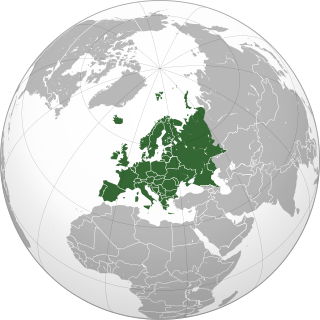
Weevils are certain beetles, namely the ones belonging to the superfamily Curculionoidea. They are usually small, less than 6 mm (0.24 in), and herbivorous. About 97,000 species of weevils are known. They belong to several families, with most of them in the family Curculionidae. Some other beetles, although not closely related, bear the name "weevil", such as the biscuit weevil, which belongs to the family Ptinidae.

Anthonomus is a genus of weevils. This genus includes major agricultural pests such as the boll weevil, strawberry blossom weevil, and pepper weevil, as well as promising biological pest control agents such as Anthonomus santacruzi.

Otiorhynchus is a large genus of weevils in the family Curculionidae. Many species of the genus, particularly the black vine weevil and the strawberry root weevil, are important pests, both as larvae and as adults. Larvae feed on plant roots. Adults are flightless with fused elytra and feed at night on plant foliage. In many species of the genus at least some races are polyploid and parthenogenetic, while the rest of the races and species are diploid and bisexual. Otiorhynchus weevils, particularly O. scaber, have been a popular subject for studies of the evolution of parthenogenesis. The genus is native to the Palearctic region. However, sixteen species were inadvertently introduced to North America and have become widespread there.

Ceutorhynchini is a true weevil tribe in the subfamily Baridinae.

Phyllobius viridiaeris is a species of weevil native to Europe.

Liparus coronatus is a species of weevil native to Europe.

Dryocoetes autographus is a species of weevil native to Europe.

Hylesinus fraxini is a species of weevil native to Europe.

Dryocoetes villosus is a species of weevil native to Europe.

Orthotomicus laricis is a species of weevil native to Europe.

Pityogenes bidentatus is a species of bark beetle native to Europe.

Trypodendron domesticum is a species of weevil native to Europe.

Grypus equiseti, known by the common name horsetail weevil, is a species of weevil native to Europe. It feeds on Equisetum arvense and Equisetum palustre plants. It has been introduced to New Zealand to control Equisetum arvense, which is an invasive species there.

Notaris acridulus is a species of weevil native to Europe.

Thryogenes nereis is a species of weevil native to Europe.
Scolytus quadrispinosus, the hickory bark beetle, is a species of typical bark beetle in the family Curculionidae. It is found in North America.
Scolytus rugulosus, known generally as shothole borer, is a species of typical bark beetle in the family Curculionidae. Other common names include the fruit tree bark beetle and apple tree beetle. It is found in North America.
Scolytus mali, known generally as larger shothole borer, is a species of typical bark beetle in the family Curculionidae. Other common names include the apple bark beetle and large fruit bark beetle. It is found in North America.
Scolytus muticus, known generally as the hackberry engraver or hackberry beetle, is a species of typical bark beetle in the family Curculionidae. It is found in North America.
















